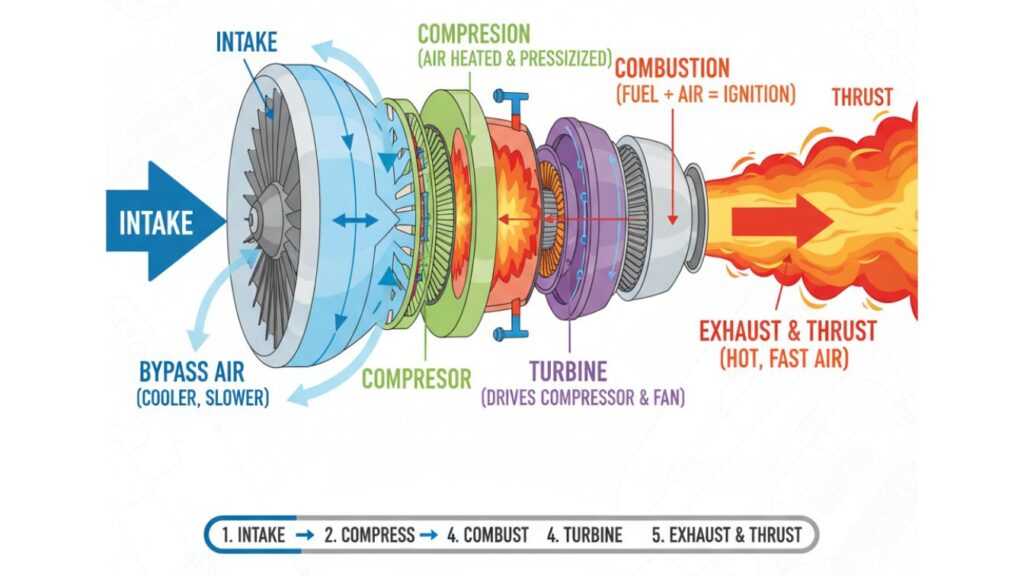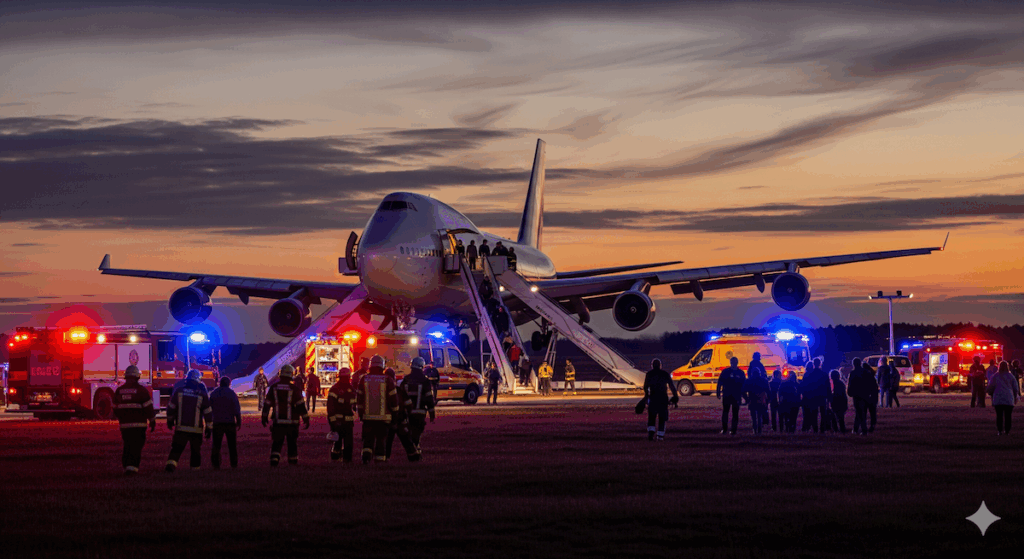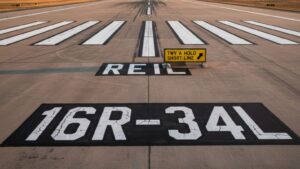Airports feel like little towns. There are a lot of people, security checks, flashing screens and the thrill of take-offs and landings. But most travellers don’t think about it: the code that goes with the numbers painted on the runways is right in front of them. These numbers are not random at all. You won’t ever look at an airport runway the same way again once you know how it works. Let’s learn about the secret language of runways that pilots use every day.
Why Do Runways Have Numbers?
You could be thousands of feet in the air and look down at a busy airport. For pilots, everything needs to be clear. They can’t afford to guess which piece of pavement is for their plane. The numbers on the runway are the best way to find your way.
The magnetic direction of the runway is what each number means. The number on a runway shows which way it is pointing. This simple but exact system makes sure that pilots always know where to queue, no matter where they are coming from.
The Link to the Magnetic Compass
The compass heading that each runway points to determines its number. There are 360 degrees on a compass. North is at 360 or 0 degrees, east is at 90 degrees, south is at 180 degrees and west is at 270 degrees.
When an airport gives a runway a number, it takes its compass heading, rounds it to the nearest ten and then drops the last digit. For instance:
- Runway 09 is the name for a runway that points at 87 degrees.
- Runway 27 is a runway that runs along 273 degrees.
This way, pilots can quickly tell that Runway 09 goes east and Runway 27 goes west.
Two Numbers, One Runway
Now things get even more interesting. One runway almost always has two numbers because planes can land or take off from either end.
Think about a long strip that goes east and west. One end could have the number 09 on it, and the other end could have the number 27 on it. These numbers are exactly 180 degrees apart, which means they are going in opposite directions. So if you land on one side, you’re going east; if you take off on the other, you’re going west. It’s like a secret handshake between pilots and the compass on Earth.
Letters That Give More Hints
One runway isn’t enough at big airports. Chicago O’Hare and Los Angeles International are two big airports that may have more than one runway going in the same direction. How do pilots know which one to use?
That’s where letters come in. You could see 09L and 09R. The letter L stands for “left” and the letter R stands for “right”. If an airport has three parallel runways, they might even add a C for centre. This system keeps everything in order and makes sure that pilots don’t accidentally land on the wrong strip.
Moving with the Earth’s Magnetic Field
Here’s a twist: runway numbers can change. The magnetic field of the Earth changes slowly over time, and when it moves enough, airports have to change the numbers on their runways.
If the magnetic north moves, for example, a runway with the number 18 on it might change to 19. This isn’t just a cosmetic change. For safety reasons, the runway numbers must always match the compass readings that pilots use.
Some airports around the world have already made these changes, like repainting runway signs and changing the way air traffic controllers tell pilots what to do.
Right in Front of You
When you get to the airport next time, look out the window. You will see those big numbers painted in bright colours on the ground. They are just marks to most passengers. But to pilots, they are a secret code that tells them exactly where they are going.
Runway 15 means that the strip goes southeast right away. Runway 33 tells a pilot to expect to come in from the northwest. The code is easy to understand but very useful.
Famous Airports’ Stories
Airports all over the world show off this system in interesting ways. Both of San Francisco International’s parallel runways, 28L and 28R, point west. When pilots land here, they often have to deal with the famous “side-by-side” approaches, in which two planes come down almost at the same time, one on each runway.
There are two runways at London Heathrow: 09L and 09R. However, because of the winds, they are often used in the opposite direction from 27L and 27R.
Dubai International had to change the numbers on its runways because the magnetic shift made the old ones wrong.
These examples show how the system works at all airports, from the busiest ones to the quietest regional ones.
What Can Passengers Do?
Check your boarding pass or listen to the pilot’s announcement the next time you fly. Check your map if they tell you that you are landing on Runway 04. You will notice that the airport’s runway goes northeast. It’s a small thing, but it ties you to the bigger picture of flying. You might even impress the other people on the plane by telling them why the runway has that number.
A Code That Isn’t Really a Secret
The best thing about this system is that it’s out in the open for everyone to see, but not many people do. The next time you walk across the tarmac or look out the window of a plane, those huge numbers will make sense. You will know that they are not random but a carefully planned code that tells pilots how to get around the world.










